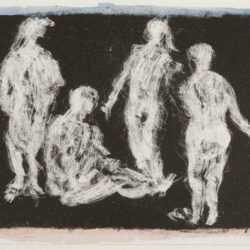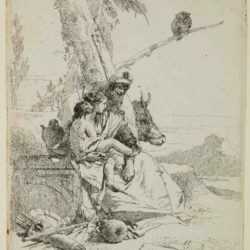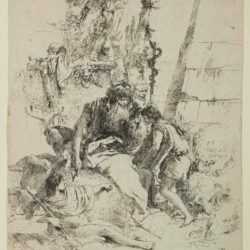Filter by Type
Filter by Category
Filter by Size
Filter by Year
Artists
Works by Arthur Polonsky

Robert S. Neuman
American (1926-2015)
As a youth, in the small western mining town of Kellogg, Idaho, Robert S. Neuman made his initial attempts in oil painting using house painters oil colors from the shelves of his father's hardware store.
Neuman's deep interest in painting led him to study at the University of Idaho. Later, upon arrival in California, he was confronted by the "San Francisco School" (Ecole de Pacific). Neuman continued to develop at The California School of Fine Arts & Crafts and at The California School of Fine Arts in San Francisco. During those seven years (1947- 1953), he was associated with such artists as James Budd, Dixon Nathan Oliviera, Peter Voulkos, Edith Smith, and Kenneth Nack. His oil paintings, watercolors, drawings, and lithographs were exhibited in many juried exhibitions that also included works by: Wayne Thiebaud, David Park, Richard Diebenkorn, Clifford Still, Edith Smith, James Weeks, Corbett, Bischoff, and other important West Coast painters.
While studying at Mills College, Oakland, CA, Neuman felt most fortunate to be exposed to the teaching Max Beckman. Neuman greatly respected the work of Beckman; he also sensed an affinity between certain German Expressionists and Abstract Expressionist in the United States. The "San Francisco School" was the dominant force in the Bay area and became a formative influence in the development of Neuman's paintings. These qualities are present in his canvasses today by broad surface treatments, calligraphic drawings, energized expression and certain influences from Oriental Art.
In the year 1953, Neuman was awarded a Fulbright Grant for painting. The grant brought Neuman to Stuttgart, Germany, allowing him his first contact with his contemporaries in Europe. In Stuttgart, he became aware of post-war German art and studied with renowned artist Willi Baumeister. Neuman has also indicated a strong admiration of Fritz Winter's paintings. At this time Winter was actively investigating organic colors and a "sign language" in his canvases. It is reasonable to assume that the very forceful "Black Paintings" (1953- 1956) of Robert S. Neuman were influenced by Fritz Winter's techniques. The First exhibition of Black Paintings was presented in Barcelona, at Sala Vayreda, and subsequently at the Swetzoff Gallery, Boston in 1957. The entire group of "Black Paintings" is now in Private collections.
While in Barcelona, Neuman experienced the different conditions under which the contemporary Spanish artist functioned compared to American. He found the open and seemingly unformalistic attitudes of the West Coast artists contrasting severely with the deeply felt mysticism present in much of the contemporary Spanish artists of that time. A very large and impressive "Pedazo del Mundo, Number 36," which was painted at this time is now in the permanent collection of the Worchester Art Museum, MA. The oeuvre of Robert S. Neuman illustrates the "mix" of exposure to West Coast values in painting and the contrasting contemporary European attitudes. Combining these two separate elements produce paintings of dramatic universality.
The "mix" is once again used in the Neuman's more recent series "Lame Deer." This series was conceived during a visit, by Neuman, to the village of Lame Deer, MO. The village's history namesake was Lame Deer, a mystic and medicine man of the Northern Cheyenne people. Neuman's western heritage is present in the Lame Deer Paintings. Although these canvases are essentially abstract in quality, they seem to echo the strange and unusual landscapes that Neuman recalls from his childhood. Once again Neuman's paintings present a concern for abstract visual symbols as an expressive force within the composition.
Appearing as graphic and chromatic symbols, Neuman's approach to painting creates a duality between visual and literal associations. The Boston art critic, Robert Taylor remarked (Boston Globe, March 25, 1979): "Neuman's pictures fuse the methods of color field paintings, emblematic abstractions and expressionist responses and, at their best as in this series are evocative and original."
Neuman’s work is in the collections of Boston Public Library, Boston, Massachusetts; Carnegie Museum of Art, Pittsburgh, Pennsylvania; Currier Museum of Art, Manchester, New Hampshire; Davis Museum and Cultural Center, Wellesley College, Wellesley, Massachusetts; DeCordova Museum and Sculpture Park, Lincoln, Massachusetts; Farnsworth Art Museum, Rockland, Maine; List Visual Arts Center, Massachusetts Institute of Technology, Cambridge, Massachusetts; Fogg Art Museum, Harvard University, Cambridge, Massachusetts; Hood Museum of Art, Dartmouth College, Hanover, New Hampshire; Library of Congress, Washington, District of Columbia; Museum of Fine Arts, Boston, Massachusetts; Museum of Modern Art, New York, New York; National Library of Australia, Canberra, Australia; New York Public Library, New York, New York’ Rose Art Museum, Brandeis University, Waltham, Massachusetts; San Francisco Museum of Modern Art, San Francisco, California; William Lane Collection, Lunenburg, Massachusetts; Worcester Art Museum, Worcester, Massachusetts, and many others.
-Christina Neuman Godfrey, daughter of Robert S. Neuman
Works by Robert S. Neuman
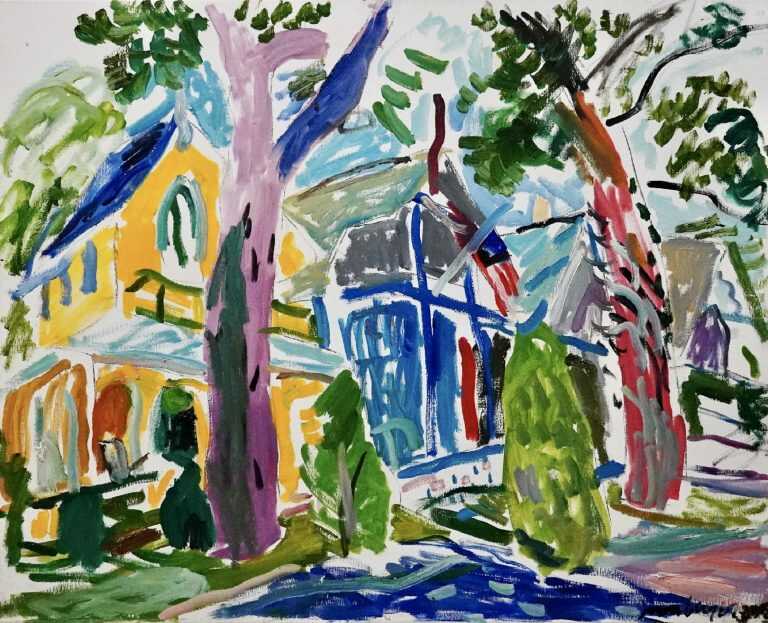
Jason Berger
American (1924-2010)
One of Boston’s most beloved modern artists, Jason Berger (1924-2010) expressed his joyful outlook on life throughout his stylistic evolution.
Raised in Malden, MA by first-generation Jewish immigrants from Russia and Lithuania, Berger took advantage of his proximity to Boston’s cultural resources from a young age, spending hours at the Museum of Fine Arts and the Boston Public Library. He describes exploring the Newbury Street galleries where “there were many artists doing plein air painting at that time…and a lot of Boston watercolors”. Winslow Homer and John Singer Sargent were two of the region’s most celebrated and represented artists; Berger was particularly influenced by their watercolor landscapes. And so, as a thirteen-year old, he started his career painting outdoors, often painting with friends Jack Kramer and Reed Kay. These three were offered scholarships, along with Arthur Polonsky, for an art program for high-school students at the Museum of Fine Arts, Boston. This served as an important introduction; Berger and those childhood friends earned scholarships to the School of the Museum of Fine Arts, Boston in 1941.
The leading teacher at the SMFA during this time was the German immigrant Karl Zerbe. A contemporary of Hyman Bloom and Jack Levine, who also from the Jewish European immigrant community in Boston, Zerbe influenced a generation of SMFA students with his figurative expressionism. Zerbe, Bloom, and Levine started the Boston Expressionist movement, largely adopted by Zerbe’s acolytes. Berger was one such admirer. However, his studies were interrupted by World War I, and he served in Europe until 1946. When he returned to complete his studies at the Museum School, he met and later married fellow student Marilyn Powers in 1947. At a time when most American artists were embracing abstraction with gusto, Jason Berger focused on representational painting, along with a group of contemporaries now known as the Boston Expressionists. Yet Berger eschewed the moody and pensive tones favored by many Boston Expressionists and instead became known for bright, vibrant, and playful canvases that reflected his personality and penchant for painting en plein air.
Berger was awarded the Museum School’s European Traveling Fellowship, and traveled to France with his wife after graduation in 1949. His first stop was Normandy, to absorb the landscapes of Claude Monet, and then on to Paris to study with the cubist sculptor Ossip Zadkine. While in France, Berger viewed numerous exhibitions and was able to meet both George Braque and Henri Matisse. With assistance from the G.I. Bill, the Bergers were able to stay in Europe for three years. While many have felt a “European” influence in his art, Berger insisted that the “sense of motion in my paintings is a very American kind of thing.”1
When the Bergers returned to the States, Jason embarked upon his influential career as a teacher. Over three decades of teaching art, primarily at his alma mater, the SMFA, and at the Art Institute of Boston, Berger encouraged students to “Always tell the visual truth.”2
Teaching allowed him the freedom to not only continue his own painting, but to also travel each summer. Except for two years preceding the early death of his wife Marilyn in 1976, Berger spent summers in painting en plein air in France, Mexico, Portugal or Spain. Following Marilyn’s death, he returned to Portugal where he met Estela Cuoto who became his second wife in 1978. From then on, his summers were spent in Normandy, or other parts of Europe and Portugal where he and Estela relocated in 1994. Upon Estela’s unfortunate death in 1997, Berger remained in Portugal where he eventually married the painter, and former student, Leena Rekola in 1999. The couple moved back to the United States in March 2008 due to Jason’s poor health.
Upon his death in 2010, Berger’s work had been exhibited in museums nationwide, including the Addison Gallery of American Art, Andover, MA; Art Institute, Chicago, IL; Danforth Museum of Art, Framingham, MA; DeCordova Museum and Sculpture Park, Lincoln, MA; Fitchburg Museum of Art, Fitchburg, MA; Museum of Modern Art, NYC; Smith College Museum of Art, Northampton, MA; Worcester Museum of Art, Worcester, MA. He has also exhibited widely in France, Mexico and Portugal. Berger’s work can be found in numerous private collections, as well as in the permanent collections of many institutions which include: Danforth Museum of Art, Framingham, MA; Guggenheim Museum, New York; Museum of Fine Arts, Boston; Museum of Modern Art, New York; Rose Art Museum, Brandeis University, Waltham, MA; and Smith College Museum of Art, Northampton, MA.
Sources:
1. Katz, Lois. The Paintings of Jason Berger. PharMa International, Inc., Tokyo, Japan, 1997. pg 90
2. Vivian Reiss, http://vivianreiss.com.
References:
French, Katherine. Jason Berger - Directed Vision, Catalogue, Danforth Museum, Framingham, MA, 2008.
Katz, Lois. The Paintings of Jason Berger. PharMa International, Inc., Tokyo, Japan, 1997.
Jason Berger website: www.jasonbergerpainter.com
Works by Jason Berger
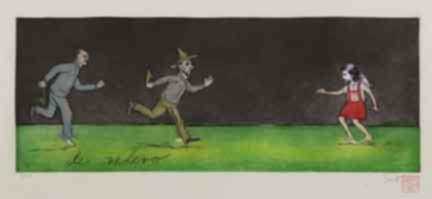
Sandra Ramos
Cuban (b. 1969)
Sandra Ramos lives and works in Havana, Cuba and is one of the country’s best known contemporary artists. Through a compelling visual dialogue, Ramos has gained an international reputation by expressing her personal relationship with political and social realities in the face of the idealized utopian Cuban state that is the official party-line.1 Ramos studied at the prestigious San Alejandro Art Academy in Havana and later the Superior Institute of Art, also in Havana.
She has exhibited and curated several exhibitions in several Havana Biennales, starting with the third Biennale in 1989, but it was in 1993 that her work began to get noticed by international curators and dealers. It was in that year that Ramos won the grand prize in the National Printmakers Salon in Havana and she was invited to exhibit at the First International Printmakers Biennial in Maastricht, Holland and the International Printmakers Triennial at the Alvar Aalto Museum in Finland.
Ramos uses familiar characters from literature, history, and folk-lore to make political and social statements and to build context within her work. One such character is a self-portrait that has appropriated the dress of Alice in Wonderland and alternately a red-uniformed pioneer girl. 1 By remaking her own image into that of Alice, Ramos pointedly comments on the surrealistic aspect of every-day life in Cuba.
Ramos also uses the national Cuban characters, Liborio (a Cuban peasant wearing a straw hat, a characterized ‘everyman’) and El Bobo (‘The Fool” a satirical character originally created to comment on the difficult social and political situation in Cuba under Machado). She has reincarnated these familiar characters to comment on themes of, in the artist’s own words, “the current power structure, manipulation of history and information, control of the individual and his identity, migrations, breakdown of the Revolution’s values and relationship man-nature-society.” 1
She has exhibited extensively for over twenty years at venues which include Museo Bellas Artes, Havana, Cuba; Museo de Arte Moderno de Medellín, Colombia; Thyssen-Bornemisza Art Contemporary, Vienna, Austria; Sheldon Museum of Art, Nebraska; Lyman Allyn Art Museum, New London, CT; Ringling Museum, Tampa, FL; Miura Museum of Art, Matsuyama, Japan and Urasoe Museum, Okinawa, Japan. Her work is included in the collections of the Museum of Modern Art, NY; The Museum of Fine Arts, Boston; and Fuchu Art Museum, Tokyo, Japan, among many others world-wide. Ramos is teacher at The Higher Institute of Art in Havana, Cuba, and a curator since 1996 of Cuban contemporary art exhibitions. She has presented at conferences and workshops in international institutions including: National Gallery of Art in Washington DC; The University of Havana; L' Ecole deux Beaux Arts, Paris; Barbican Center in London; The School of the Museum of Fine Arts, Boston; Lowe Art Museum, Florida University, Miami and Fuchu Art Museum,Tokyo, Japan.
1. Fountainhead Residency, Sandra Ramos Mission Statement. http://fountainheadresidency.com/sandra_ramos.html
2. Nina Menocal Gallery. http://www.ninamenocal.com/?p=323


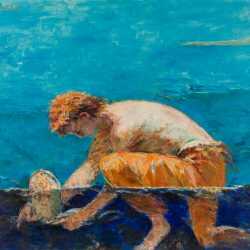
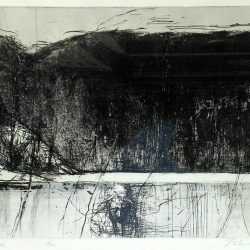
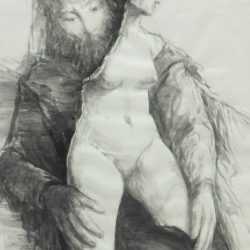
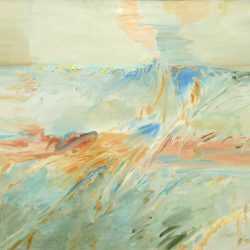
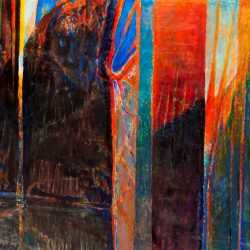
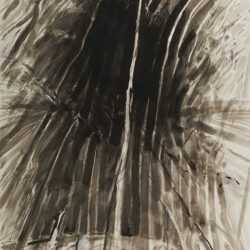
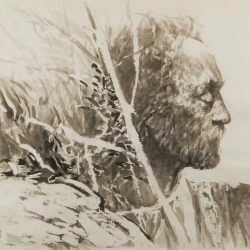
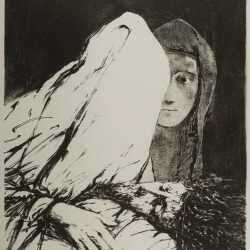
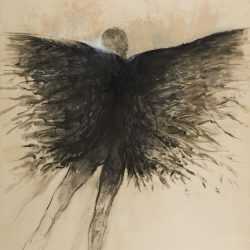
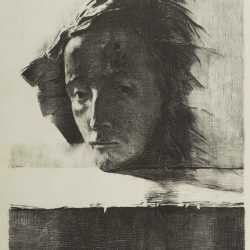
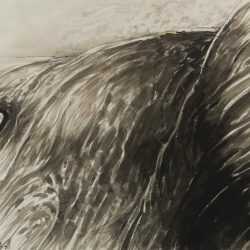
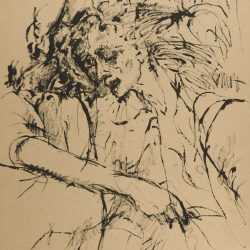
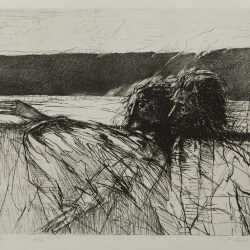
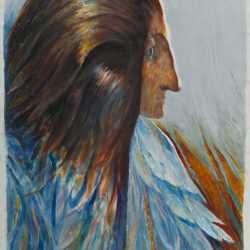
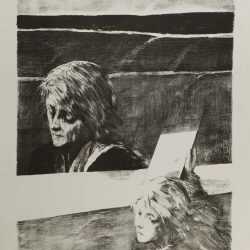
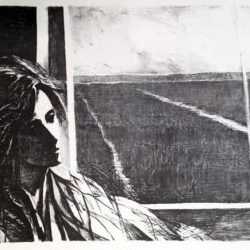
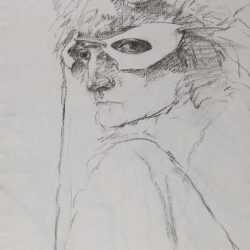
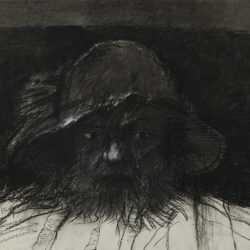
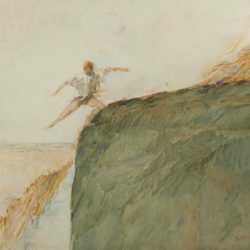
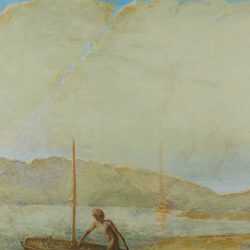
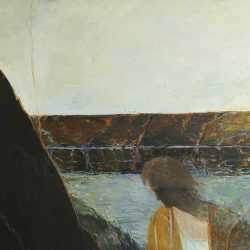
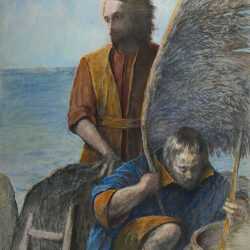
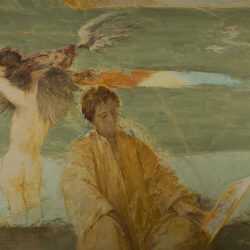
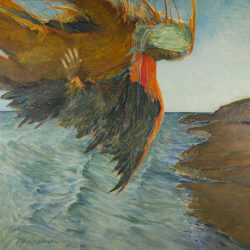
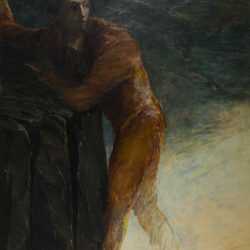
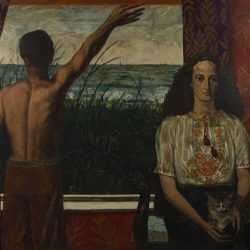
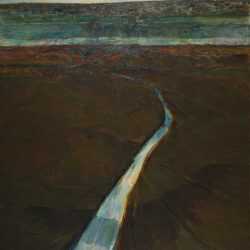
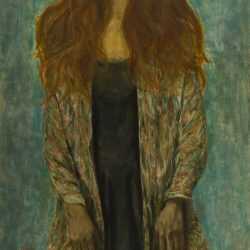
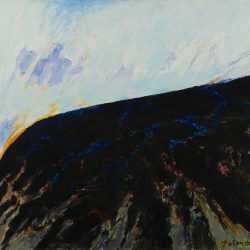
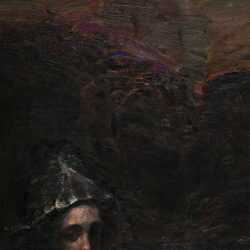
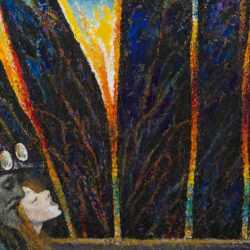
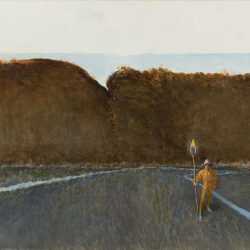
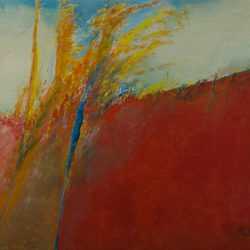
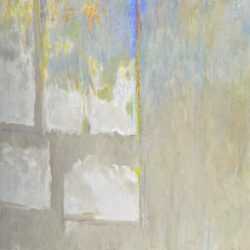
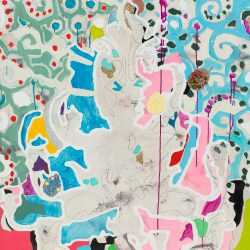
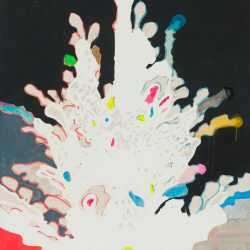

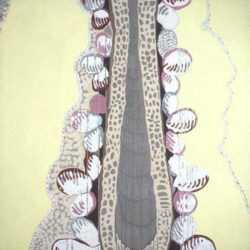
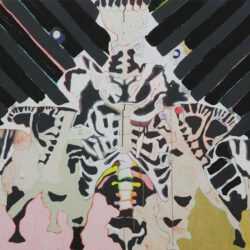
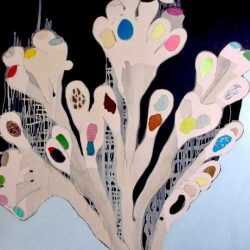
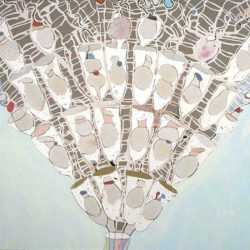
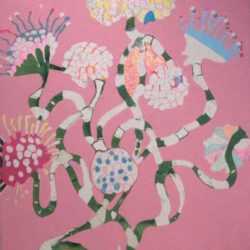
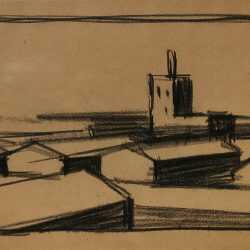
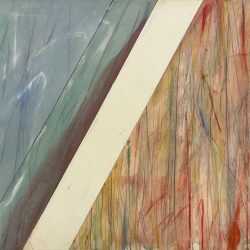
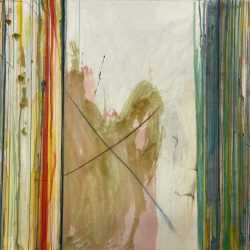
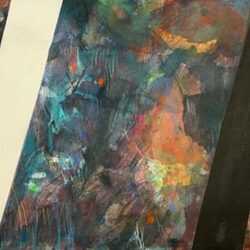
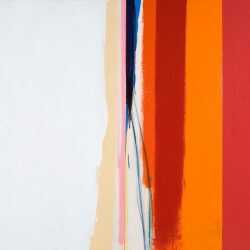
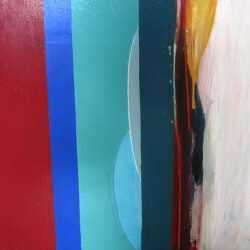
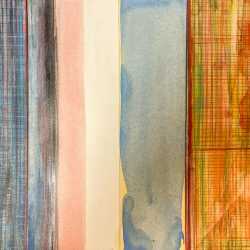
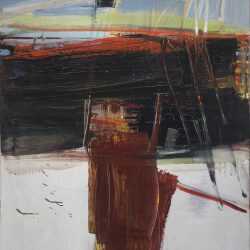
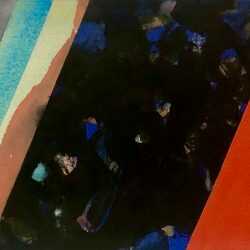
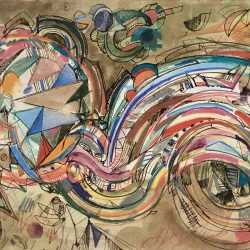
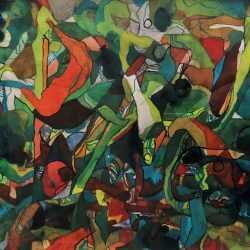
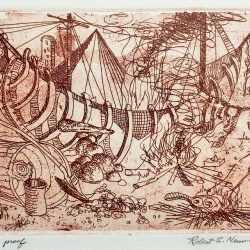
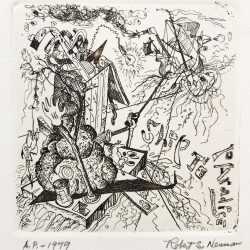
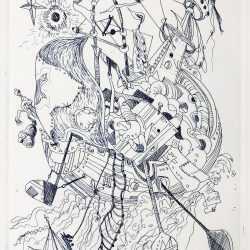
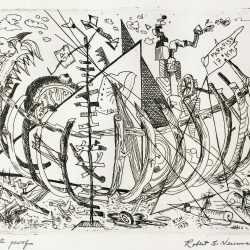
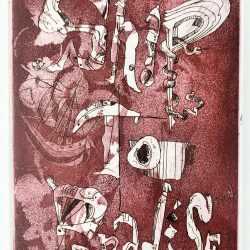
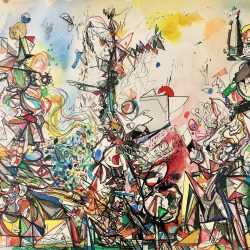
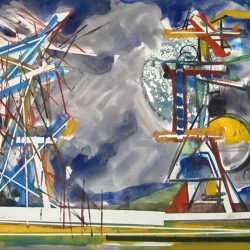

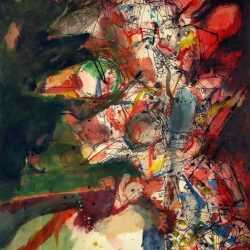
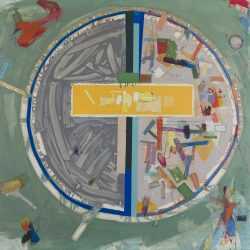
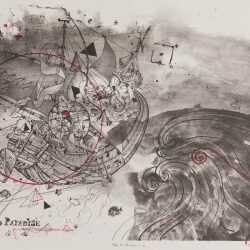
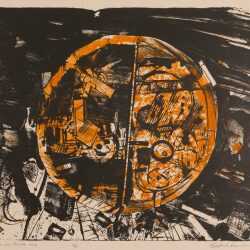
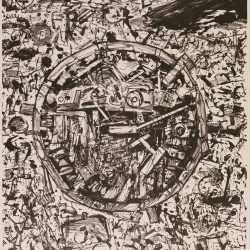
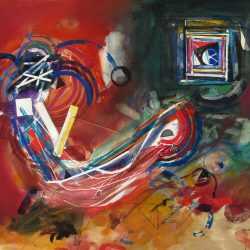

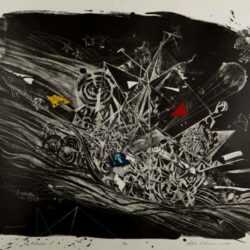
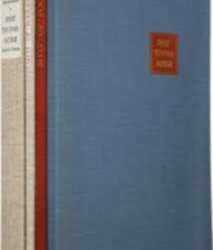
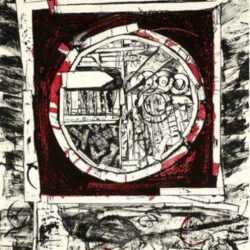
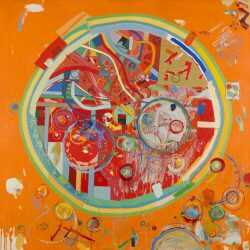
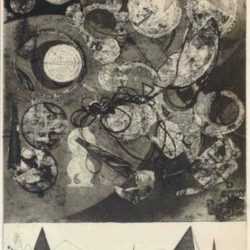
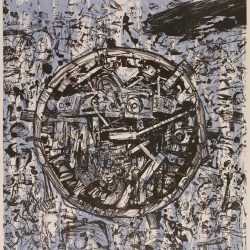
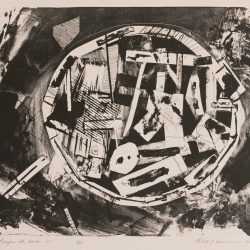
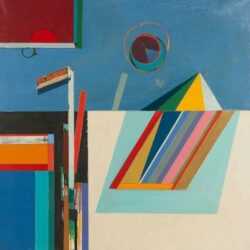
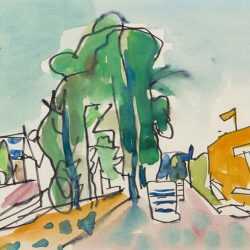
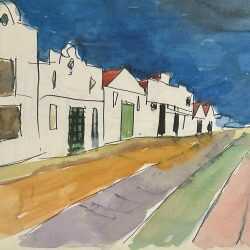
![Watercolor by Jason Berger: [Landscape with Gate], available at Childs Gallery, Boston](https://childsgallery.com/wp-content/uploads/jason-berger_landscape-with-gate_23-08-801p_childs_gallery_48192-250x250.jpg)
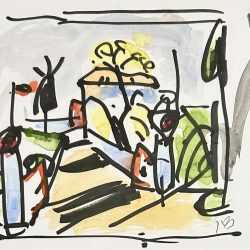
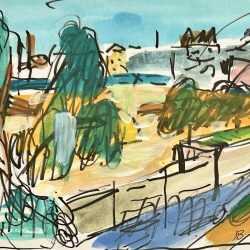
![Watercolor by Jason Berger: [Abstract Landscape], available at Childs Gallery, Boston](https://childsgallery.com/wp-content/uploads/jason-berger_abstract-landscape_23-08-798_childs_gallery_48186-250x250.jpg)
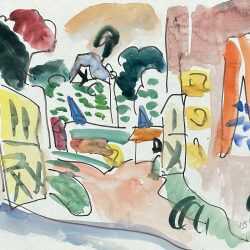
![Watercolor by Jason Berger: [Interior – Algarve, Portugal], available at Childs Gallery, Boston](https://childsgallery.com/wp-content/uploads/jason-berger_interior-8211-algarve-portugal_23-08-796_childs_gallery_48182-250x250.jpg)
![Watercolor by Jason Berger: [Brookline Landscape], available at Childs Gallery, Boston](https://childsgallery.com/wp-content/uploads/jason-berger_brookline-landscape_23-08-795_childs_gallery_48180-250x250.jpg)
![Watercolor by Jason Berger: [Portuguese Town], available at Childs Gallery, Boston](https://childsgallery.com/wp-content/uploads/jason-berger_portuguese-town_23-08-794p_childs_gallery_48178-250x250.jpg)
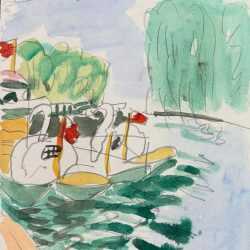
![Watercolor by Jason Berger: [View through Window], available at Childs Gallery, Boston](https://childsgallery.com/wp-content/uploads/jason-berger_view-through-window_23-08-792_childs_gallery_48174-250x250.jpg)
![Watercolor by Jason Berger: [Landscape with Trees], available at Childs Gallery, Boston](https://childsgallery.com/wp-content/uploads/jason-berger_landscape-with-trees_23-08-710_childs_gallery_48172-250x250.jpg)
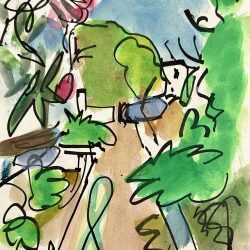
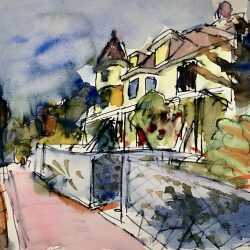
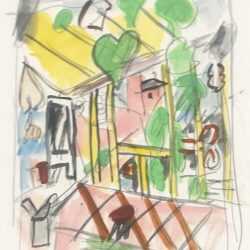
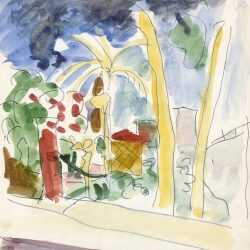
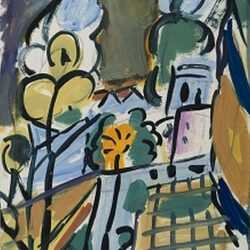
![Watercolor by Jason Berger: [Seated Woman], available at Childs Gallery, Boston](https://childsgallery.com/wp-content/uploads/jason-berger_seated-woman_23-08-359_childs_gallery_47513-250x250.jpg)
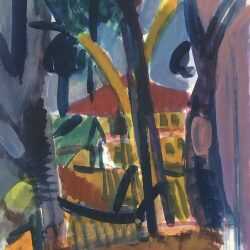
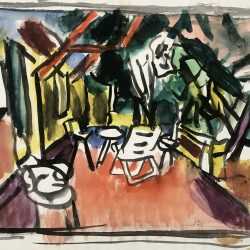
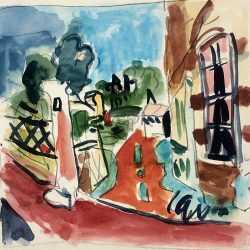
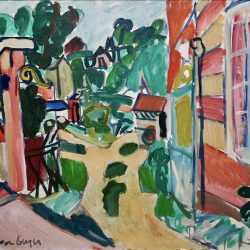
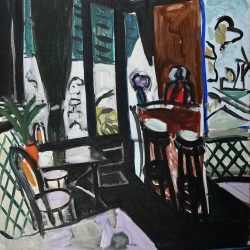
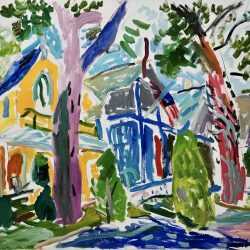
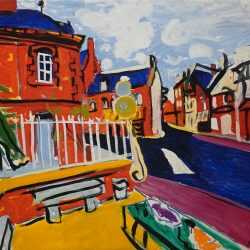
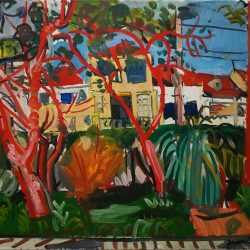
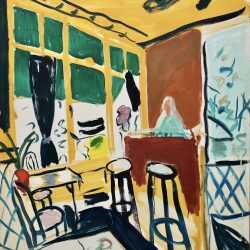
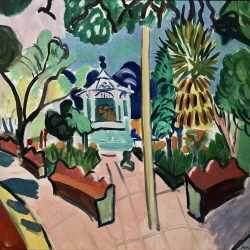
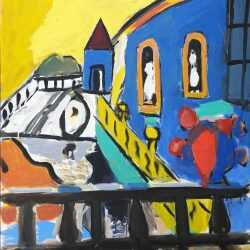
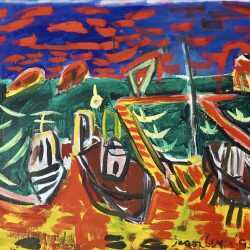
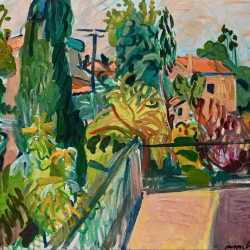
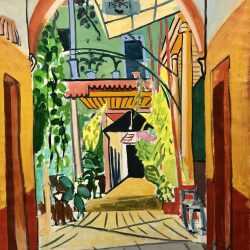
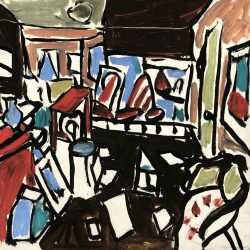
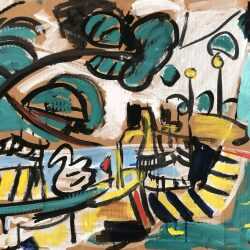
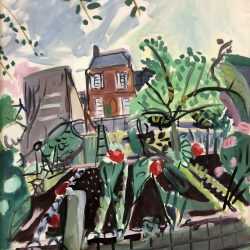
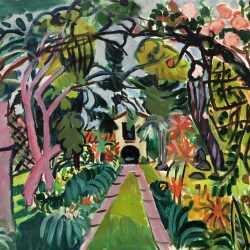
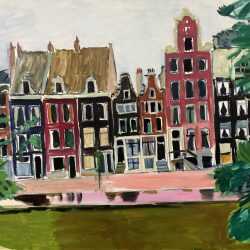
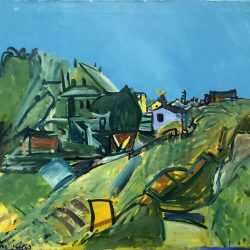
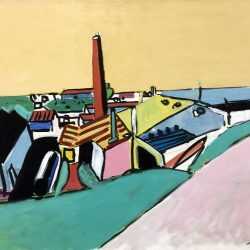

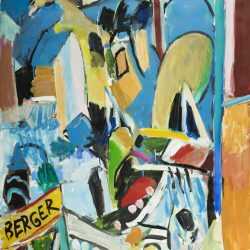
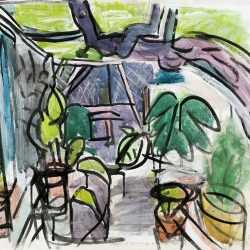
![Watercolor by Jason Berger: [Garden Path, Boston Public Garden], available at Childs Gallery, Boston](https://childsgallery.com/wp-content/uploads/jason-berger_garden-path-boston-public-garden_childs_gallery_9428-250x250.jpg)
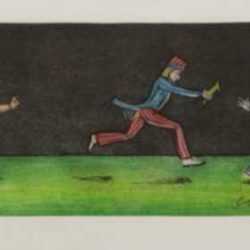
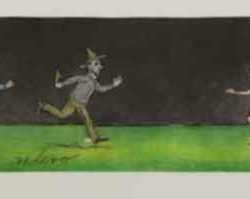
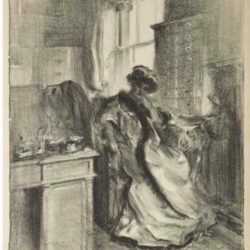
![Print by Mark Tobey: [Abstraction printed in white over ocher], available at Childs Gallery, Boston](https://childsgallery.com/wp-content/uploads/mark-tobey_abstraction-printed-in-white-over-ocher_bb1267-132_childs_gallery_47978-250x250.jpg)
